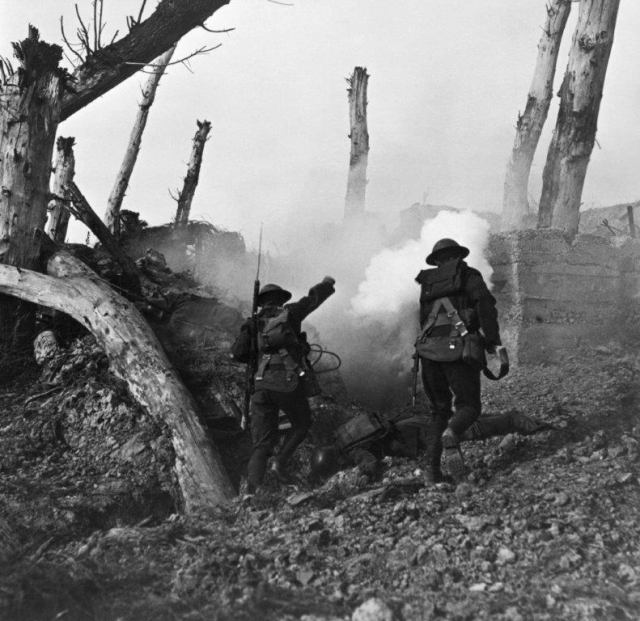US entry into WWI
The United States entry into the First World War - 1917

When the war started in August 1914, the USA led by President Woodrow Wilson pledged neutrality. Wilson was a man committed to peace and non-engagement in European conflicts suited the majority of the US population. There were groups that felt that Britain and France were the natural allies to the US and wanted more action to be taken. They helped to ensure that neutral support was provided through trade and supplies favouring the Allies. Some Americans wanted more to be done and US volunteers for the Allied forces travelled to London to take up arms as soldiers or volunteer as medical personnel.
The sinking of the Lusitania in 7 May 1915 by German U-Boats and the loss of 1,198 civilian lives, including 128 Americans threatened to draw the Americans in, but a swiftly agreed to treaty restricting U-boat warfare served to stall some of those in the US demanding revenge. The treaty, however, also served to severely limit the U-boat capability and render a key part of the German fighting machine useless. Something they would need to change as the war dragged on.
Accounts of atrocities to the Belgian civilians by Germans that reached America influenced US sympathies the Allies. The execution of British Nurse Edith Cavell in October 1915 further strengthened the Allied cause with many Americans, especially as the US Ambassador to Belgium Brand Whitlock has been one of the key lobbyists to the German authorities for her release.
The events and battles of 1916 horrified much of the American public but it also made many more willing to help and act to end the bloodshed.
By the start of 1917 all sides across Europe wanted a breakthrough in events, for the German authorities the resumption of U-Boat activities was essential. The decision to break the treaty with the US and active enticement to draw Mexico into a war with the US, as leaked by the (British) deciphered Zimmerman telegram, firmly placed German in a hostile position to the US government. President Woodrow Wilson was left with no option but to go to Congress to suggest entering the war. On 7 April 1917 America declared war on Germany and her allies.
Unfortunately, US neutrality had included no activities in preparation for war and only 14,000 US troops could be dispatched for training to France in June 1917. They would not be put into action until the autumn. However, in spring 1918 thousands more American troops would arrive on the Western Front providing a fresh supply of men not jaded by years of war. By the end of the war two million American troops would serve and count the cost of casualties. The US military was small, not enough battleships or troop ships, not enough weapons (they fought using British and French machinery in the early days) and not enough infrastructure. The First World War would change the US military and its image forever, shaping its future in ways that are now often forgotten.
50,000 US troops gave their life in the First World War; the vast majority buried close to where they fought or were immediately evacuated to. Their war is less commemorated in the US than that of their countrymen for service during the Second World War. The centenary of the First World War is an opportunity to remember their service alongside those of the men and women of Europe. It is an opportunity to explore all those whose lives were changed by the conflict that shaped that start of the twentieth century.

